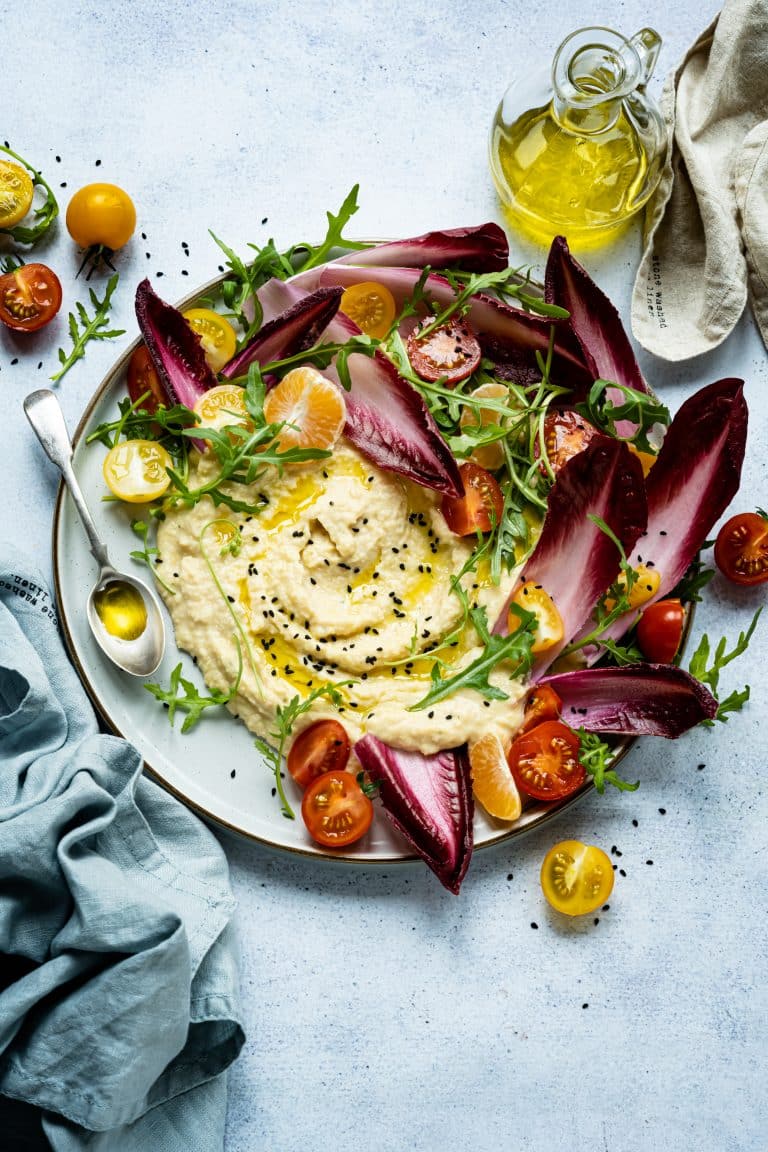
Becoming a vegan means getting organized about what you eat. Restaurants, take-out and supermarkets typically don’t cater to vegan diet so, as a vegan you have to assume the role of your own personal chef and meal-planner. As a vegan, your kitchen is your HQ, and it has to be well stocked and well-designed so you can plan and create fabulous vegan meals with a minimum of stress. To create a convenient kitchen that reflects your values you will need to consider a few essentials.
- Make sure you have handy cabinets with lots of storage options for spices, grains and herbs. As a vegan, your store-cupboard can be your friend or your foe. Since you are depending on plant-based proteins like beans and lentils, you will need to make sure you can access these easily, so you don’t have to reach into a dark, musty cupboard. You will also want to organize your grains, spices and herbs so you can reach for them in a hurry. If you are designing a vegan kitchen you can build cabinets with inbuilt spice racks, or cabinets with pull out racks that contain your canned food and grain.
- Have an efficient composting system that’s discreet and easily accessible. Composting your food is the only sustainable way to get rid of food scraps, which otherwise sit on landfill creating methane gas (the most harmful greenhouse gas). It’s often best to do compost in two stages, using a compost bin that slides out of a cabinet or is kept on the countertop and then emptying it into a compost bin outside or in a utility area. If you are composting food yourself, it may be better to keep it in a utility area so wild animals aren’t drawn to it.
- Have the right equipment and fixtures: slow cooker, blenders, juicers and an induction stove. Blenders are some of the most essential pieces of equipment for vegan cooking. Slow cooking can also help you make a meal that lasts for days without having to monitor it all the time. An induction stove is a great, energy efficient way to cook your food, as the rings are only hot when the pots are on them. It can also be safer and preserve the life of your hob, as the heat is only generated on the rings. This means children don’t burn their hands on the hob, and spills don’t burn on.
- Have a kitchen garden on a patio or on a windowsill. Buying fresh herbs can’t compare to plucking them freshly from the garden. Fresh herbs bought from the supermarket also often come in plastic and have been grown using pesticides and wasteful amounts of water. A small herb garden, even if it is just a few plants on your window-sill is a life-affirming addition to your kitchen. If your kitchen backs onto your garden or a patio, even better. You can go outside and get the herbs freshly from your garden.
- Use non-toxic, cruelty free, sustainable materials for your kitchen cabinets and countertops. Many kitchen cabinets are built using materials like MDF. Sustainable wood, metal and stone are hardy, beautiful and non-toxic materials for kitchen cabinets and countertops.
If you are a vegan who is thinking of upgrading your kitchen or designing your perfect kitchen as part of a home design or home renovation, you should consult our environmental and cruelty-free home design experts. At Earth Science Design, we help people to incorporate conscious design into their everyday lives. We will advise you on your design and connect you with contractors and suppliers of sustainable materials who can help you realize your dream vegan kitchen.

